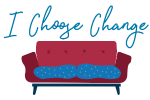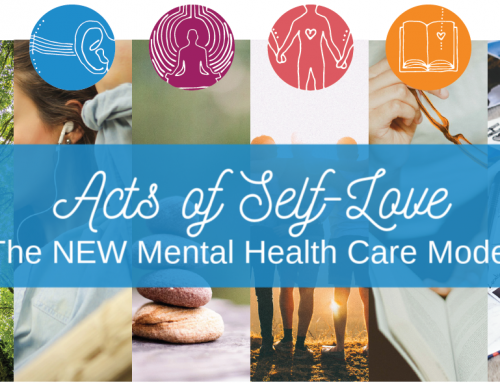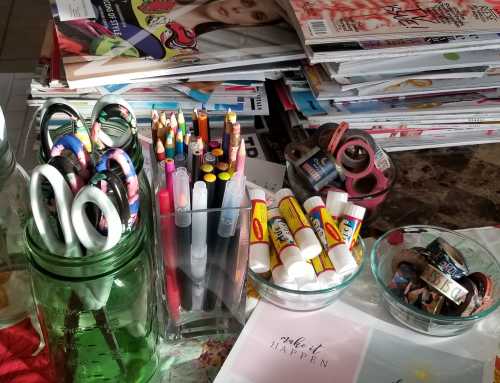It’s circa 1993, I’m 19 years old, in my first year of college at Texas Tech University and the absolute WORST song has just made its debut: “What is Love” by Haddaway.
It wasn’t horrible because the song was particularly BAD. In fact, the song was really good. It was catchy, sold millions of copies, and people all over the world be-bopped to the song, me included That is, when I wasn’t drowning in a pool of tears and self-loathing because I’d just broken up with my first love.
The pain of that breakup was haunting, and we’ve all felt it. It touched a place so deeply in me that I swore I’d never love another as much as this person. That love gratified me, and hurt me, in ways most of us have been privy to and some of us try to forget.
So, what is love?
I recently purchased a new book, “Love Sense: The Revolutionary New Science of Romantic Relationships” by Sue Johnson. I posted a photo of the cover on Facebook as I was ogling at it, saying I couldn’t WAIT to devour every last morsel written on the pages. One of my friends chimed into my photo very quickly, and asked, “The SCIENCE of love?” as if to say, “Yeah, right!”
Love really isn’t that mysterious. We don’t have one single soul mate in this world that, when we meet him or her, will vault us into eternal bliss. Love can be about lust, but long-lasting love is really about connection and attachment.
One Part Lust, One Part Attachment
To fall in love is easy. To keep the embers burning takes a lot of work. There really are just two things that encompass the science of love: attraction and connection.
It’s easy to fall in love because we can easily be attracted to many people. Lust makes our sex hormones rage and we can feel the need for immediate gratification or the innate need for procreation. We’re humans, and that’s how we roll.
During the attraction and lustful phase of a relationship, our neurotransmitters on are on high alert. Dopamine, norepinephrine and serotonin are coursing through our veins at lightning speed. These are our “feel good” neurotransmitters, and boy does it feel good! Until it doesn’t; this leads us to endless love – a love of connection.
As one person put it, the way to fall in love is easy:
- Find a complete stranger.
- Reveal to each other intimate details about your life for half an hour.
- Stare deeply at each other, as if you’re eyeing their very soul, for 30 minutes.
In other words, when we feel heard and seen, we are instantly catapulted to that trusting, “you get me” place that is so warm and caressing we want to bathe in it!
Love sustains us, feeds us, nurtures us, and makes us feel like we’re superheroes. With connected love, it feels like we have strength beyond measure. It feels like we can do all things. We feel trusted, believed in, heard, and seen.
Connection really is about tuning in to another person. While it may have sounded like I was joking when I said, “eye their very soul,” I wasn’t. Love is a way of looking at a whole person, without judgment, and without intervening, bearing witness to who they are at their core. Love is about connecting with an individual in the most vulnerable way possible.
The science of love is the same throughout all phases of life. Just as a parent connects to her child in a way that lets the child know, “I am here. You’re okay,” a trusting, loving partner will connect in exactly the same way. The cycle of vulnerability and trust in that moment is the reassurance we all need, throughout our lifetime, which fuels us.
The act of love sounds simple enough. When we fall out of love, it’s really that we fall out of trust. “I no longer trust you as a willing partner as I bear my vulnerable soul.” This creates anger and resentment over time.
Love is a feeling and an action. It can fuel us or it can drown us. The science of love is not just about the raging chemicals and hormones – the oxytocin we get from being held, the vasopressin that keeps us monogamous and interested in our love, or the serotonin that makes us feel chill. Love is really about our willingness to not only bear witness to another’s soul, but be willing to be vulnerable enough so a partner can bear witness to our own.
What is love? Raging chemicals. Let them rage, let them rage!
But baby don’t hurt me, because when it’s good, it’s really good, and when it’s bad, it’s really bad. To feel heard, seen, felt, and connected, we need a good hearty dose of trust and vulnerability.





